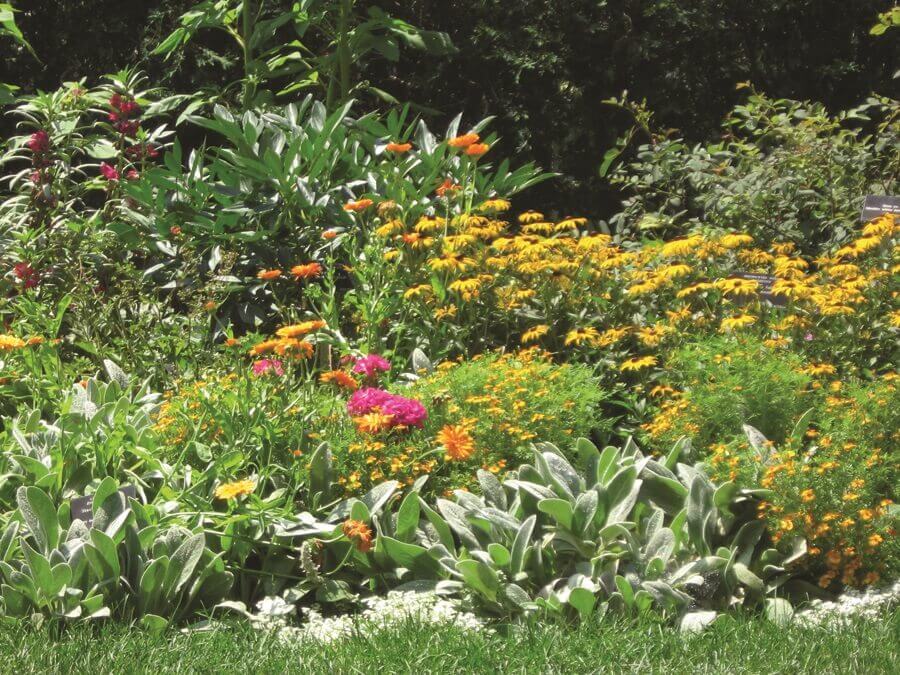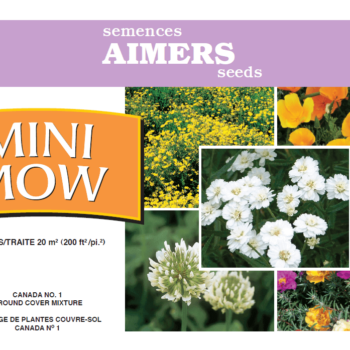Description
Beneficial Insect Seed Mixture 6800. Open Pollinated. Combination of Annual and Perennial.
1 pkt sows approx. 3-5 m².
Here is an idea whose time has come. Gardeners have known for years that nature is filled with good bugs, crawling and flying insects that thrive but consuming many of the pests that ravage the summer garden. Now there’s a natural choice to using insecticides to control these pests. This new “speciality” mix will attract Lacewings, Ladybugs, Syrphid Flies (often called the second most important pollinator group after bees), Parasitic Mini-Wasps, Tachinid Flies, Minute Pirate Bugs, Soldier Beetles and Ground Beetles. A blend of self-seeding annuals (A) and hardy long lasting perennials (P). If you have a spare sunny spot in the garden, go ahead and give this blend a go. Contains: Alfalfa (P), Alpine Aster (P), Black Eyed Susan (P), Buckwheat (A), Butterfly Weed (P), Canada Goldenrod (P), Caraway (A), Coriander (A), Cosmos Sensation White (A), Dill (A), Evening Primrose (P), Florence Fennel (A), Gloriosa Daisy (P), Lemon Balm (P), Perennial Alyssum (P), Maximilian’s Sunflower (P), Rocky Mountain Penstemon (P), Statice (A), White Alyssum (A), White Yarrow (P), Wild Bergamot (P), Zinnia Lilliput (A). For larger areas, sow at 125 g/90 m² or 9.5 kg/ha.
How to Grow
Sow wildflower seeds into a prepared seedbed from early May through mid-June or in the fall from mid-September through to late October. A late fall sowing additionally allows any dormant seed to be naturally stratified over the winter. A very early spring sowing in late March and early April is also effective at providing natural stratification on any dormant seed. Site Preparation. Remove weeds by hand or apply an organic non-selective herbicide. Loosen soil to 2.5 cm depth with a stiff rake, cultivator or hoe. Flowers will germinate and establish themselves much better when planted into a bed of well drained loose soil, rather than dense or compacted topsoil. Broadcast the seed and let mother nature do the rest. Smaller seeds can be mixed with dry sand to improve distribution when sowing. Natural forces such as rain, snow and frost-heaving of the soil will work the seed down into the soil bed. Irrigate through the first growing season as needed. Germination takes 7-21 days.





